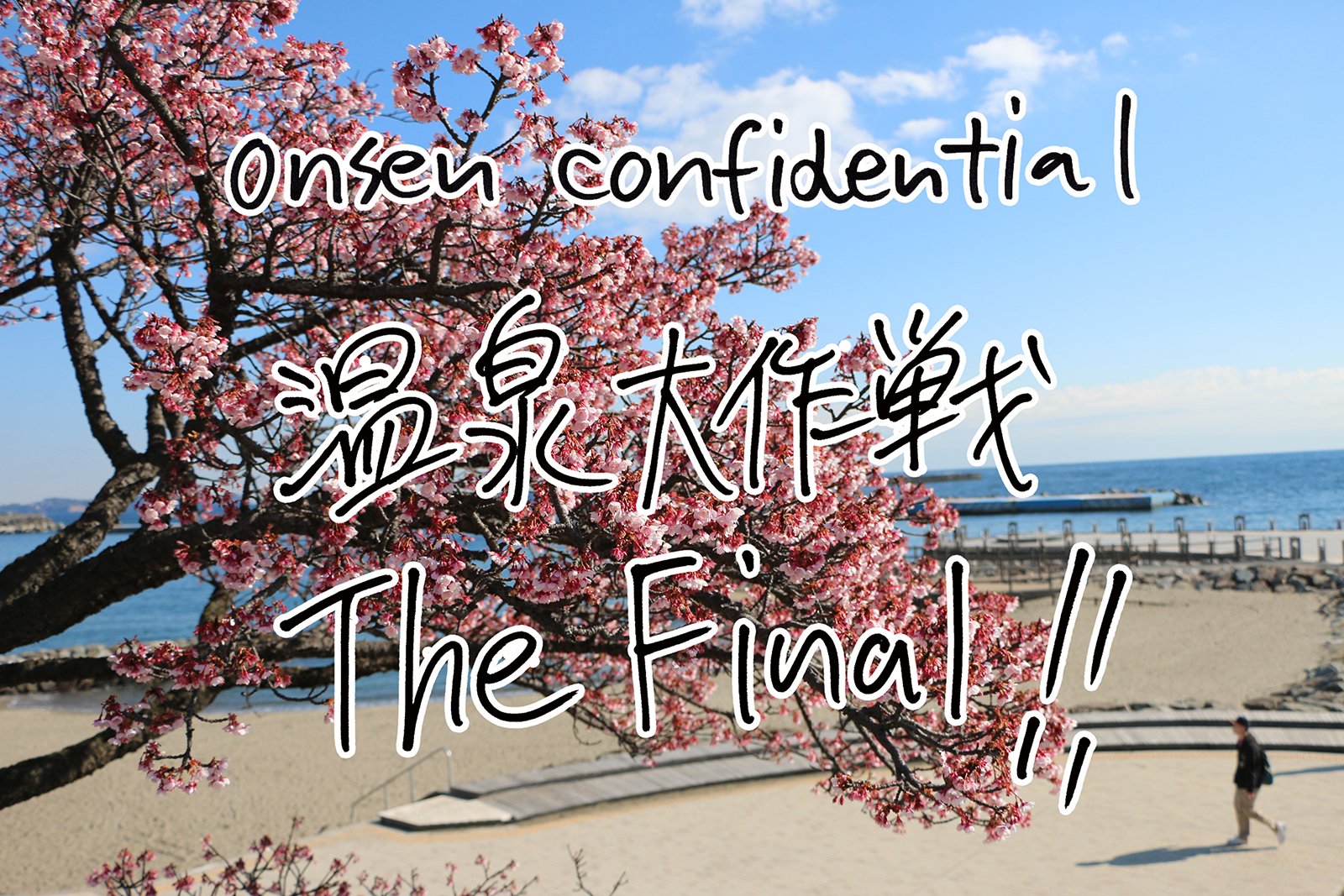
All good things come to an end, but an ending can also be the start of something new. Such appears to be the case with Tokyo’s Onsen Confidential, the hybrid gallery share and hot spring retreat, which is prepping its second and final edition.
Titled Onsen Confidential: The Final, the event will take place from April 1 to 21, just after the close of Art Basel Hong Kong. The name is “definitely meant to suggest that we are not doing it again,” said Jeffrey Rosen, who is co-director of the Tokyo gallery Misako & Rosen and one of the project’s organizers. The other organizers are Misako, Rosen’s wife and gallery partner, and Cobra, an artist who runs the Tokyo space XYZ Collective.
Onsen Confidential began in 2022, after plans to launch in 2020 were scuttled by the pandemic. It involves Japanese galleries hosting shows from foreign dealers—and everyone repairing to an onsen (a traditional natural hot spring) to chat while bathing together naked.
Sky Hopinka, And who calls me by name as I’m sitting on the grass (2023). inkjet print, etching.
Courtesy of The Green Gallery, Milwaukee
But while Onsen Confidential is ending, Rosen hopes that his peers will take ideas from the project to cultivate their own collaborative initiatives back home. And that already appears to be happening.
Last June, for instance, a pint-sized art fair called Riga Confidential took place in Latvia’s capital, with its name paying tribute to the Tokyo event. (Alas, there was no bathing component.) More events of that nature will take place in other cities in the near future, according to Rosen, but he said, “We are keen on avoiding taking ownership of this concept.”
Onsen Confidential has been part of a growing trend that sees small and midsize galleries swapping spaces in different countries to reach audiences at a cost that is far lower than attending an art fair, through efforts like Condo, Okey Dokey, and Friend of a Friend.
It is also among a small number of homegrown market initiatives in Japan, like Art Week Tokyo and Art Collaboration Kyoto, that have been exploring alternatives to traditional large-scale art fairs, offering models that may be a better fit for the local context.
Banny Jayanata, Holding On (2023). Oil on canvas Courtesy of ROH Projects, Jakarta.
These kind of collaborative initiatives are increasingly important for the survival of mid-tier galleries, Rosen said. “In a way, I think there are basically two ways you can run a gallery: one that is rooted in empathy and mutual support, and the other is self-serving, profit-driven,” he said. “There are only a few people who are, I think, really talented at running a business [the latter] way. And the rest of us would do better to work together.”
While many dealers are comfortable with gallery exchanges at this point, the idea of having to bathe naked in front of others can be quite daunting for some. (Swimsuits are not allowed at onsen.) But it is this kind of setting that allows them to let their guard down, get to know each other, share their thoughts, and explore new ideas, Rosen said. The event, as he sees it, is meant to “get people together in a space of trust.”
It is “meant to be fun, and it’s meant to place people in a position of vulnerability and trust, while also combining with relaxation,” Rosen said. “If you think about a polar opposite, you may think of an art fair, where it—just by design—fosters a sense of competition.”
Motoyuki Daifu, Untitled (Shadow) (2024). Lambda print mounted on aluminum. Courtesy of MISAKO & ROSEN, Tokyo
The art market in Japan has become “a little stronger” since the project was conceived, Rosen said. “Initially, we strongly discouraged people from expecting sales to come out of this directly. But things have gotten a little bit better.”
A total of 14 Tokyo galleries, including two new host galleries, Yutaka Kikutake Gallery and Talion Gallery, will be welcoming 23 overseas galleries. After installing their exhibition, participating dealers will travel to an onsen resort outside of Tokyo for a two-day retreat/conference. They will then return to the Japanese capital for the opening of the exhibitions, which will run until April 20 or 21, depending on each gallery’s program.
Is this outing really “the final” one? “Like all good horror films, you never know if Jason, or Freddy, or whatever do come back,” Rosen said. But, he continued, “Other people are already shaping every aspect of their response to this project, and hopefully, each one will be unique.”
See the full list of participants below:
- ANOMALY (host) – Air de Paris (Paris)
- MISAKO & ROSEN (host) – Empty Gallery (Hong Kong), Kristina Kite (Los Angeles)
- Satoko Oe Contemporary (host) – The Green Gallery (Milwaukee), Sophie Tappeiner (Vienna)
- Hagiwara Projects (host) – Wschod (Warsaw, New York)
- 4949 (presenting in Capsule) (host) – Gregor Staiger Zurich (Milan), Ehrlich Steinberg (Los Angeles)
- KAYOKOYUKI (host) – Whistle (Seoul), Fitzpatrick (Paris)
- Tomio Koyama Gallery (host) – Art Beat (Tiblisi)
- MUJIN-TO Production (host) – ROH Projects (Jakart), Crevecoeur (Paris)
- Fig (host) – Good Weather Little Rock (Chicago), Kim? (Riga)
- Talion Gallery (host) – A Thousand Plateaux (Chengdu), Durst Britt Mayhew (Den Haag)
- Take Ninagawa (host) – Layr (Vienna)
- Yutaka Kikutake Gallery (host) – Arcadia Missa (London)
- AOYAMA l MEGURO (host) – Svit (Prague)
- XYZ Collective (host) – 47 Canal (New York), Linseed Projects (Shanghai), STANDARD (Oslo)